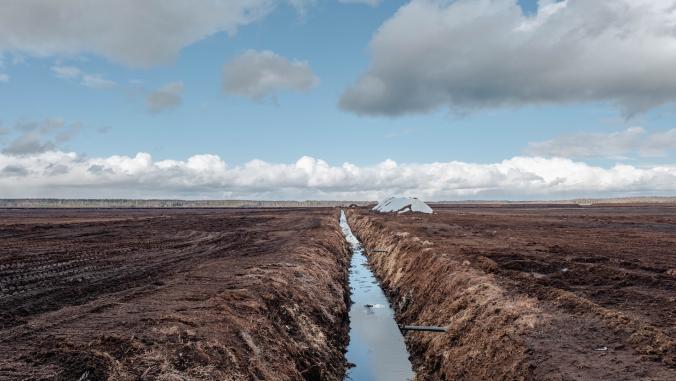2019, the year analog water solutions died
Analog is not quite gone, but digital solutions are nearly mainstream

This year, terms such as digitalization became commonplace in the world of water, a sector many may have thought was slow to adopt innovative technologies. In fact, digital technology has transformed both the water industry and society’s relationship with water, and adoption is accelerating.
So, why this year?
I see two major trends driving digital adoption in water: the increased visibility of the current water crisis and an increased rate of adoption of digital technologies to ensure the sustainability and resiliency of worldwide water resources. Sustainability and resiliency are essential for economic development, business growth, social well-being and ecosystem health.
Environmental, social and economic issues from water scarcity to poor quality are commonplace. The failure of public policy, underinvestment in aging infrastructure and the persistent discovery of contaminants such as perfluorooctanoic acid (PFAS/PFOS) and lead in drinking water are routinely in the news. We continue to see reports of how we are "running out of water" and the "droughts" (really aridification [PDF]) resulting from poorly managed water resources and the impacts of climate change; aging infrastructure (PDF) in the United States and elsewhere in the world; and the discovery of chemicals in our water supplies.
The environmental, societal and economic impacts are significant and they are outlined in publications such as the World Bank High and Dry Report and the recent analysis on access to safe drinking water, sanitation and hygiene in the United States, Access to Safe Drinking Water in the U.S. Report 2019 (PDF). Unfortunately, these analyses are not outliers. The issues and impacts are real, and they’re not going away anytime soon.
Time is of the essence when we talk about addressing these critical issues. Digital technologies are at the forefront of solving water quantity and quality challenges. Solutions such as artificial intelligence and blockchain are helping to vastly improve our understanding of surface and groundwater supplies, how infrastructure is managed and how communication with customers and consumers on water quantity and quality is managed. The adoption of digital water technologies is accelerating in response to increasing water scarcity and poor quality issues.Solutions such as artificial intelligence and blockchain are helping to vastly improve our understanding of surface and groundwater supplies and how infrastructure is managed.
The overarching transformation of water is well captured in the World Economic Forum Harnessing the Fourth Industrial Revolution for Water report. The digital transformation of water is just one more aspect of society that has transformed as a result of digital technologies. These technologies are everywhere: in transportation through services such as mobility on demand and micromobility); in healthcare in the form of digital record keeping and robotics; in education, where digital readers and tablets, and gamification are used to teach; and in the power sector, in the form of smart devices and advanced analytics for optimizing network flows.
Several recent reports highlight the ongoing digital transformation of water this year. In particular, the International Water Association and Xylem publication Digital Water: Industry Leaders Chart the Digital Transformation, as well as the report Accelerating the Digital Water Utility (PDF), focused on the water and wastewater utility sector and geographically focused digital water technology solutions. Another reference is Digital Water Technology Solutions for the Colorado River Basin, which my organization published along with the Environmental Law Institute.
The value of digital transformation to businesses is increasingly clear. According to the MIT Sloan Management Review, companies that embrace digital transformation are 26 percent more profitable that their average industry competitors and see 12 percent higher market valuation.
Digital technologies and transformation in the water utility and industrial sectors alone will not solve 21st-century water challenges. Public and private sector enterprises need to adopt a culture of innovation and learning to scale digital technology solutions.
While challenging, organizations must transform into agile learning organizations to successfully scale digital solutions.
Supporting the scaling of digital water technology and building the "digital workforce" are critical if we hope to deliver on the Sustainable Development Goal 6 and ensure a sustainable and resilient future.





